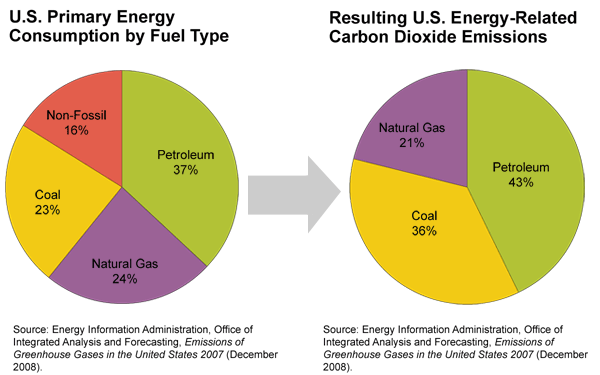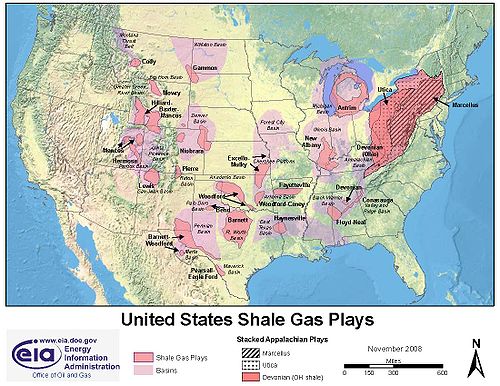 The poorest communities in the world are the first to suffer the consequences of climatic change. In order to make sure that these people receive the aid they need to adapt, it is imperative that principles prioritizing their well-being are inserted into the legal documents guiding international climate change policy. Otherwise, NGOs like Practical Action and Care fear that national governments will divert those funds to other projects and recipients. Even if the funds do make it into the hands of the people who need it the most, projects introduced by outside organizations, however well-meant, will not be as effective as projects that come from the inside of the community. Therefore it is imperative that the communities play a major roll in planning and organizing mitigation and adaptation strategies.
The poorest communities in the world are the first to suffer the consequences of climatic change. In order to make sure that these people receive the aid they need to adapt, it is imperative that principles prioritizing their well-being are inserted into the legal documents guiding international climate change policy. Otherwise, NGOs like Practical Action and Care fear that national governments will divert those funds to other projects and recipients. Even if the funds do make it into the hands of the people who need it the most, projects introduced by outside organizations, however well-meant, will not be as effective as projects that come from the inside of the community. Therefore it is imperative that the communities play a major roll in planning and organizing mitigation and adaptation strategies.
To do this, NGOs working in Nepal , Zimbabwe, Ethiopia, and Ghana, among others, want to make sure that vulnerable  people do not continue to be marginalized, but are empowered to step forward and effect change in their own communities that will affect the environment and their life. By emphasizing prioritization, participation, inclusiveness, and accountability, they hope to enable vulnerable communities to combine with the government and organizations to take practical, effective action. The collaboration of innovation with indigenous knowledge should help create projects that are specific to each local area and that build on existing resources and strengths.
people do not continue to be marginalized, but are empowered to step forward and effect change in their own communities that will affect the environment and their life. By emphasizing prioritization, participation, inclusiveness, and accountability, they hope to enable vulnerable communities to combine with the government and organizations to take practical, effective action. The collaboration of innovation with indigenous knowledge should help create projects that are specific to each local area and that build on existing resources and strengths.
I just attended a session called Moving to a Low Carbon Pathway at the IIED’s Climate and Development Days at the DR Koncerthuset here, in Copenhagen. The panel included two very interesting presentations from delegates from South Korea and Indonesia who presented their countries’ NAMA (Nationally Appropriate Mitigation Action) Plans.
Mr. Kim Chan-Woo outlined South Korea’s “Green Growth Plan” whose mission is to achieve harmony between environmental conservation and economic development. South Korea is in a unique position in terms of “common but differentiated responsibilities” in that it is both a developing and a developed country to different degrees. Mr. Chan-Woo stated that it is in Korea’s international and domestic interest to invest in a low-carbon future. As a part of Korea’s mid-term (2009-2013) and long-term plans (2009-2050) are the mitigation plan and a 10-part policy plan which is outlined as follows:
1. effective GHG reduction- long term GHG goals
2. energy independence- 32% by 2009, 50% by 2020, 100% by 2050
3. strengthened adaptation capacity
4. promotion of green technology
5. greening of industry- export of green products
6. advanced industrial structure
7. groundwork of green economy
8. green transportation- increase in railway transport
9. green revolution in life- carbon labeling of certified products
10. leading green nation- increased share of green ODA
In addition to these unilateral actions, Korea is committed to investing 200 billion USD per year for a 5-year period through the East Asia Climate Partnership to aid countries by funding low-carbon development projects. We interviewed Mr. Chan-Woo after the event and he told us that the focus of the projects they are funding are related to water conservancy and management. Korea itself plans to restore 4 major rivers in order to guard against floods, secure water, and improve water quality.
Mr. Chan-Woo also outlined Korea’s commitment to GHG emission reductions at the COP15 of 30% from BAU, which is at the upper end of what is expected from developing countries given the current framework of the negotiations.
In the high, cold deserts of the Tibetan Plateau, small glaciers are the primary source of water for small, poverty-stricken villages. The people living in these areas, which receive only about 50mm of rainfall a year and sustain temperatures as low as -30°C, are especially vulnerable to seasonal warming. With their small glaciers receding at an alarming rate of 25% in the past 20 years, these hardy populations are facing a mountainous task, since lack of funding and information make adaptation strategies very difficult to begin.
The technology for creating an artificial glacier at low elevations is simple, and can be replicated all over the world in locations that have:
1. 4-5 months of winter
2. Winter temperature peaks of -15—20°C
For villages that are dependent on glaciers for all their water, these are appealing as they are one of the only possible solutions that would allow the community to stay in place. If they can be achieved, they provide water for human consumption and for agriculture, melting earlier in the summer than the higher elevation, natural glaciers and therefore lengthening the growing season. This would drastically reduce water disputes. However, this solution, which is so expensive and labor-intensive, seems impractical for a long-term view, since we can expect temperatures to continue to rise. The money and energy that would be needed to create artificial glaciers would be better spent on a longer-term solution.
On Saturday I attended an conference called “Natural Gas, Renewables and Efficiency: Pathways to a Low-Carbon Economy,” co-sponsored by the American Clean Skies Foundation, the World Watch Institute, and the United Nations Foundation. The following speakers were present:
- Christopher Flavin, President of Worldwatch Institute
- Vello Kuuskraa, President, Advanced Resources International
- Aubrey K. McClendon, Chairman of the Board and Chief Executive Officer, Chesapeake Energy Corporation; Chairman of the Board, American Clean Skies Foundation
- Ian Smale, Group Head, Strategy and Policy, BP
- Senator Timothy Wirth, President, United Nations Foundation
The purpose of the conference was to provide information about why natural gas from shale formations should play a prominent role in the types of energy sources to be considered in this week’s negotiations. Natural gas burns cleaner than oil and coal, giving an overall reduction in CO2 emissions from powerplants of 50%-70%. Mr. Flavin of Worldwatch categorized natural gas as a way to 1) decarbonize the economy, 2) aid with national security (there could be less of a dependency on foreign oil), and 3) aid as a “bridge” to other energy sources, particularly renewable sources such as solar and wind.
Specific attention was given to the recently developed shale formations in the US, such as the Marcellus Shale formation in Pennsylvania. Former Senator Wirth discussed the policy connection between US natural gas shale policy and America’s climate change policy. For example, he cited the Waxman-Markey bill (the climate change legislation that passed the US House of Representatives). According to Wirth, Waxman-Markey promotes coal use more prominently than natural gas use for the next 30 years. Senator Wirth viewed this as a negative aspect of the bill, since coal use emits more CO2 into the atmosphere than natural gas. Senator Wirth also mentions that the legislation “pre-empts EPA regulation, building a legally coal future.” He suggested that if Waxman-Markey were to become law as is, the use of natural gas would actually decline over the next few decades.
Until I attended this natural gas conference on Saturday and heard Senator Wirth’s perspective on Waxman-Markey’s implecations for natural gas use, I was a proponent of the legislation (purely for it’s focus on climate change policy). Now, I think it is important that we should understand the variables of the legislation better. Residents of Pennsylvania should pay particularly close attention to the debate, as PA’s Marcellus Shale formation is the largest natural gas formation in North America. We have dual responsibilities to make sure that 1) our Congress is adopting serious climate change adaptation policies in accordance with global treaties and 2) our Congress is adopting energy policies that do not reverse climate change policies. In other words, the use of coal over natural gas harms, not helps, our nation’s efforts to reduce greenhouse gas emissions.
By now, most people know that Copenhagen is hosting the 15th Conference of the Parties of the UNFCCC, and they are doing a great job at it. However, the climate change debate is not confined to the convention center where the diplomatic action takes place: climate change action has taken over the entire city, and part of our group took to the streets today to find out what else is going on.
Most buildings on the main streets of Copenhagen are covered with banners advocating climate action, advertising the COP 15 or promoting the Hopenhagen petition. The main square that extends in front of the city hall is currently housing several showrooms for sustainable building and alternative energy sources. There we also found Copenhagen’s traditional Christmas tree, which this year is being powered by bikes set up around it. We also ran into a peaceful demonstration, photo exhibits and a dance performance. Lastly, we stumbled into the filming of a new campaign, available here beginning tomorrow, which gives citizen’s the opportunity to be brad pitt and raise awareness for climate change action. (Pictures will be uploaded shortly.)
Tags: Copenhagen, Hopenhagen

Your Comments